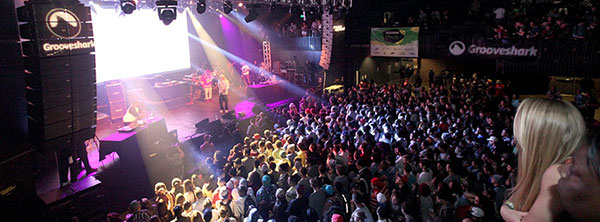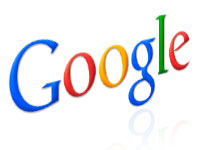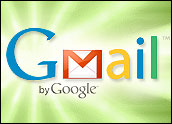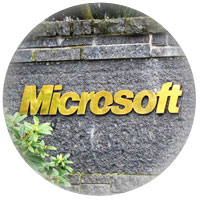Grooveshark on Monday confirmed that it will launch a new mobile app that allows subscribers to chat while listening to user-created music stations.
Dubbed “Broadcasts,” the new app will debut next month, offering an ad-free social radio listening experience on both Android and iOS.
Stations will be “created by people rather than by algorithms,” company spokesperson James Pearson told the E-Commerce Times.
Whereas Grooveshark provides an on-demand streaming service that directly licenses content from thousands of labels, the new social radio service “operates with a single industry-wide license as a SoundExchange-compliant radio app,” Pearson noted.
“This comprehensive license ensures that Broadcasts will provide direct revenue for artists and labels through SoundExchange starting on day one,” he added.
Introductory subscription pricing for Broadcasts will be 99 US cents per month.
A Tough Road
Grooveshark has faced a long stream of legal challenges since its inception in 2007. In its most recent legal challeng, a U.S. District Court judge in September found that Grooveshark’s own employees had violated and profited from copyright infringement.
Meanwhile, numerous competitors have come to populate the music-streaming space. Pandora, for instance, claims 77 million users, compared with Grooveshark’s relatively modest 30 million.
Grooveshark’s planned pricing of 99 cents a month is “much cheaper than Pandora One, which is $4.99 a month,” noted Glenn Hower, a research analyst with Parks Associates.
“However, Pandora is pretty entrenched in the market,” he told the E-Commerce Times. “That’s a tough road for Grooveshark.”
A Matter of Volume
Grooveshark potentially could differentiate itself through the sheer volume of music it offers its users, Hower suggested.
“Pandora only has about a million tracks available to stream, whereas Grooveshark historically had around 15 million,” he noted.
Of course, “in the fallout of the legal issues surrounding Grooveshark, their access may be much more restricted by going the statutory license route,” he pointed out.
Even at such a low price point, however, “it will be difficult to convert a significant number of free listeners to a paid service when they can essentially get the same thing for free,” Hower observed.
“The market for consumers that will pay for streaming music is already small,” he said, “but many of those customers have come to expect a lot more value from their subscriptions than just ad-free radio.”
Getting Music Lovers to Spend Money
It’s not clear that Grooveshark offers enough benefits to distinguish it from its competitors in an already crowded market, radio futurologist James Cridland told the E-Commerce Times.
“If it has a saving grace, it is that the Grooveshark name is trendy and well-known — but possibly to a different audience to those that would pay the monthly fee,” Cridland added.
There’s no doubt that what the company is attempting is “extraordinarily difficult,” noted Russ Crupnick, managing partner with MusicWatch.
In general, it has been a considerable challenge to get music consumers to be willing to pay for services and apps, Crupnick said. “Where there’s this whole landscape of ad-supported services out there — not just Pandora but Spotify and more — it’s been very difficult to motivate people to pony up anything.”
Another key challenge is that it’s not entirely clear that most people who use music apps will value Grooveshark’s chat and social features.
“For a lot of them, it’s first and foremost like listening to radio,” Crupnick explained. “They’re not actively seeking the participating, sharing and chatting — it’s just not the primary reason why most people use these services.”
Tantalizing Extras
What would distinguish a service like this for Grooveshark?
“I think if you look at a very thin sliver of the music population — we’re probably talking less than 10 percent — I do think there are some people who want artist updates, concert and show info, recommendations for other music-related apps they can use, etc.,” he said. “They’re active.”
Whether they’d pay for such additional services, of course, is the question.
In the meantime, Crupnick concluded, “if you combine having a small audience to start with, a lot of services competing for same ear, and the issue of payment, it’s a challenge for Grooveshark.”






















































Social Media
See all Social Media